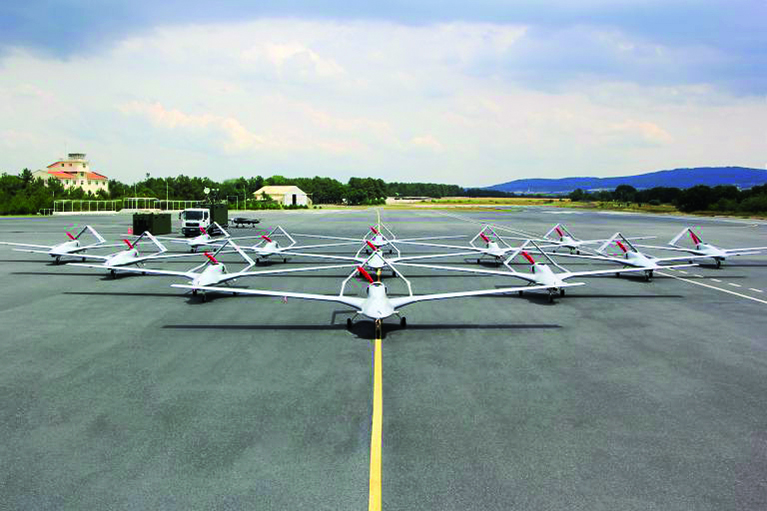IN LIBYA, DRONES HAVE BECOME AN ESSENTIAL DEFENSE TOOL, ENABLING TO ALLEVIATE THE DEFICIENCIES AND WEAKNESSES OF THE STAKEHOLDERS’ AIR VECTORS.
At the beginning of April, the Field Marshal Khalifa Belqasim Haftar and its alleged Libyan National Army (LNA) — actually a group of militias of 25,000 people cooperating with a unit of the regular army — launched an attack against the Libyan capital. The LNA quickly used its air force — around fifteen aircraft and a few transport and combat helicopters — in the battle by deploying MiG-21s and Su-22s at the al-Watiya air base. Some MiG-23s from the Al Jufra air base were also used. As for the GNA (Government of National Accord), around fifteen aircraft were distributed between the Mitiga airport and the Misrata Air Academy. Intensive air strikes from both sides took place during the first weeks. The old combat aircraft were not spared and in came the first losses: a MiG-21MF of the LNA and two Mirages F1AD/ED from Misrata. To this must be added the ever decreasing availability of the aircraft. The mechanics on both sides were busy trying to keep the fleets operational. To avoid ending up with no air power left, Haftar and the GNA turned to another kind of support: drones.
WING LOONGS FROM THE UNITED ARAB EMIRATES.
Two weeks after the first combats, civilians and militias affiliated to the GNA reported night bombing noises caused by drones. The first piece of evidence — the identification of shrapnels from Blue Arrow 7 (BA 7) missiles — was found on April 24, after air strikes hit Wadi Rabe, south of Tripoli on April 17, al-Hira and El Azizia on April 20, and Ain Zara April 21.
Also known as the LJ-7, the missile BA-7 is a derivative ATGM’s HG-10 with semi-active radar homing intended for export. The missile was introduced at the Eurosatory 2012 exhibition under the name Blue Arrow 7. It is also used to penetrate 1,400 mm shielding. To do so, the military load must be increased and the amount of fuel decreased, thus reducing the maximum range. The missile LJ-7 can be loaded on Wing Long 2 drones. It is especially used by the United Arab Emirates (UAE) air force that has deployed some of them over the el-Khadim air base, Marj district, east of Libya. Since June 2016, the UAE Wing Loong drones have been deployed over the base — as well as turboprop aircraft IOMAX Air Tractor AT-802. Base on which expansion works have started to increase its capacity.
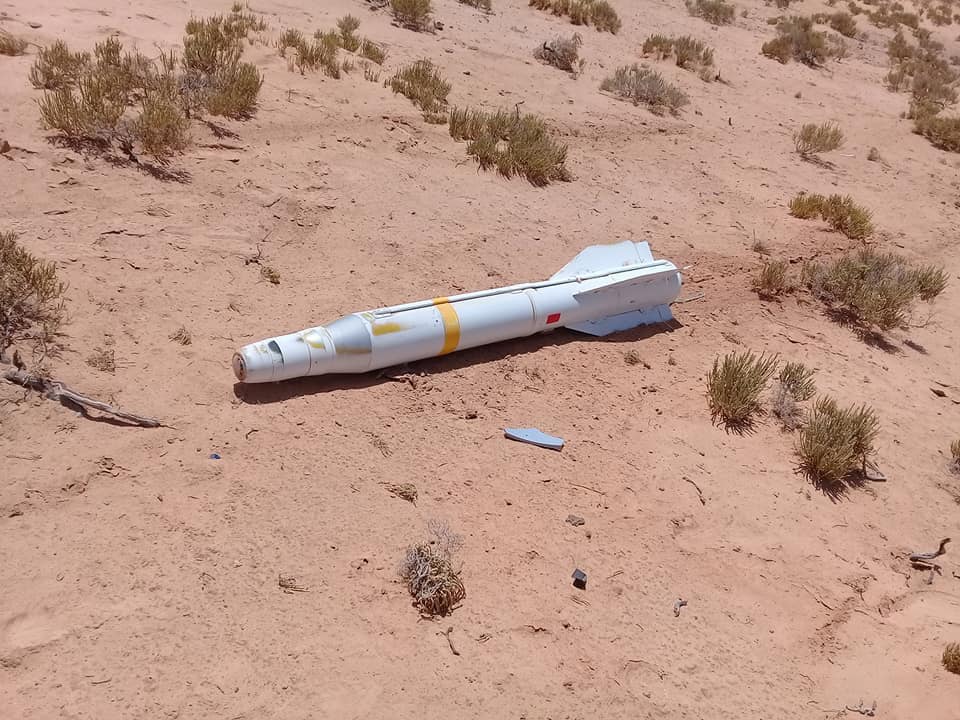

EL-KHADIM.
The existing parking area was equipped with twelve shelters, half of which for aircraft and drones — exactly four AT-802s, three Wing Loongs and two UH-60s before September 2016. On its arrival in Libya, the little fleet took part in air strikes and reconnaissance missions to support the LNA troops fighting islamist groups in Benghazi, especially the Islamic State and the Shura Council of Benghazi Revolutionaries, or SCBR, group related to al-Qaeda. On June 4, 2016, pictures were shared, showing what the SCBR said to be U.S.-made bomb rests dropped by UAE aircraft at Benghazi. Actually, the shrapnels coincided with a Turkish-made Mk.82 bomb with its laser homing kit. Around fifty air strikes were conducted by UAE aircraft in October of the same year, that is 85% of the total air raids, thus showing the major role of the support from the UAE to Haftar. This number doubled the next month. A second parking was under construction since September 2016 in the south-east base corner. A dozen of large shelters were built and half of the new runway was made in February 2017, then finished a year later after a long pause in the work. The UAE were also involved at Derna, in the Gulf of Sidra and the Fezzan in 2018. On June 27, 2019, three drones Yabhon-HMD manufactured by the United Arab Emirates were captured by the GNA troops at Gharyan.
EL-KHADIM.
The existing parking area was equipped with twelve shelters, half of which for aircraft and drones — exactly four AT-802s, three Wing Loongs and two UH-60s before September 2016. On its arrival in Libya, the little fleet took part in air strikes and reconnaissance missions to support the LNA troops fighting islamist groups in Benghazi, especially the Islamic State and the Shura Council of Benghazi Revolutionaries, or SCBR, group related to al-Qaeda. On June 4, 2016, pictures were shared, showing what the SCBR said to be U.S.-made bomb rests dropped by UAE aircraft at Benghazi. Actually, the shrapnels coincided with a Turkish-made Mk.82 bomb with its laser homing kit. Around fifty air strikes were conducted by UAE aircraft in October of the same year, that is 85% of the total air raids, thus showing the major role of the support from the UAE to Haftar. This number doubled the next month. A second parking was under construction since September 2016 in the south-east base corner. A dozen of large shelters were built and half of the new runway was made in February 2017, then finished a year later after a long pause in the work. The UAE were also involved at Derna, in the Gulf of Sidra and the Fezzan in 2018. On June 27, 2019, three drones Yabhon-HMD manufactured by the United Arab Emirates were captured by the GNA troops at Gharyan.


DELIVERY OF TURKISH BAYRAKTAR TB2.
As a response to the support provided by the UAE armed drones to the LNA ground troops, the GNA has ordered four Bayraktar TB2s to the Turkish government. They were delivered on May 18, through the Amazon freighter in the Tripoli port. They were then distributed between the Misrata and Mitiga air bases. Since the Libyan operators are still under training, the drones are operated by Turkish operators. During the LNA (or more likely from the UAE) strikes on Mitiga, on June 6, a Beechcraft King Air was destroyed as well as two Turkish drones Bayraktar TB2. Turkish staff was injured and quickly repatriated. The two Bayraktars were destroyed, one after its landing and the other while it was taking off. After the destruction of the drone operation room at Mitiga, the GNA ordered eight new weaponized drones, most of them now being located at Misrata. The range of the Bayraktar is only 150 km without a radio repeater on the ground, contrary to the Wing Loong which uses satellites. The lost Bayraktars were all destroyed after their missions while landing (they were probably detected by ISR aircraft and/or Wing Loong drones) after their air strikes.
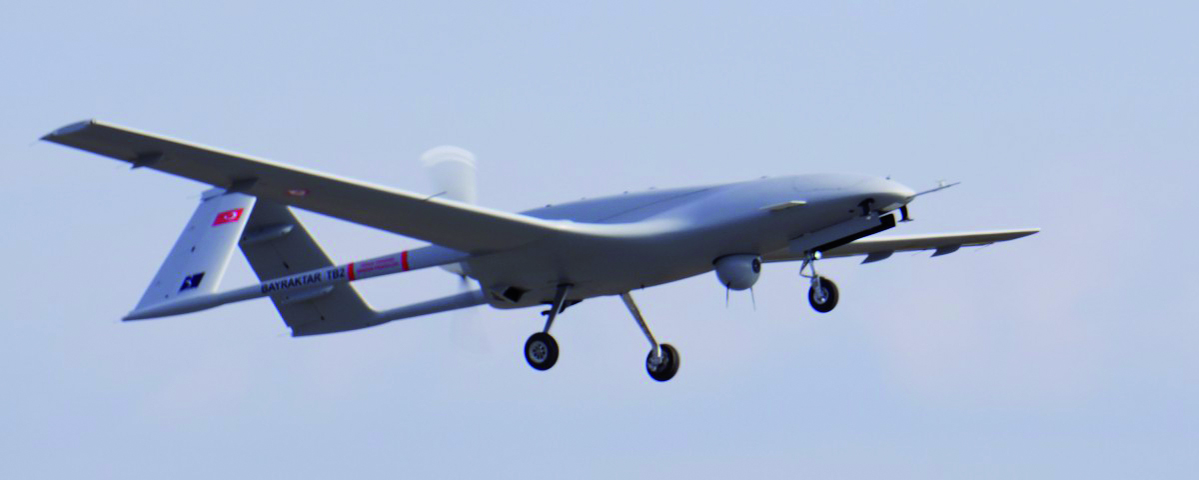

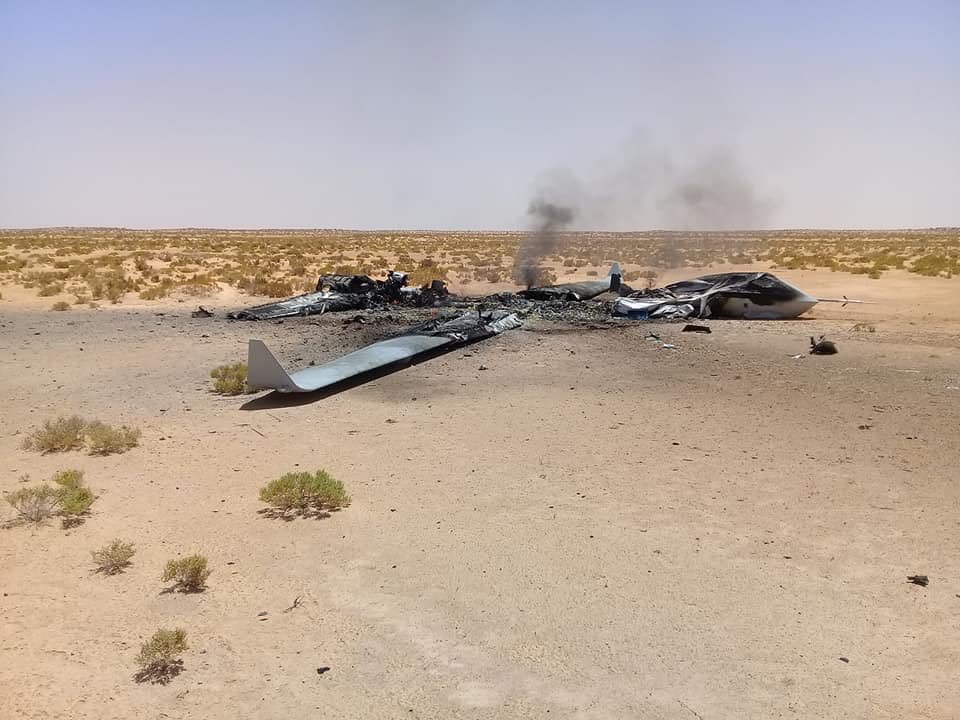

On July 30, an Israeli-manufactured Orbiter 3 belonging to the GNA forces crashed in Aziziyah, 30 km south Tripoli. This drone could have been delivered by Turkey after getting it directly from Israel or more likely from Azerbaijan.
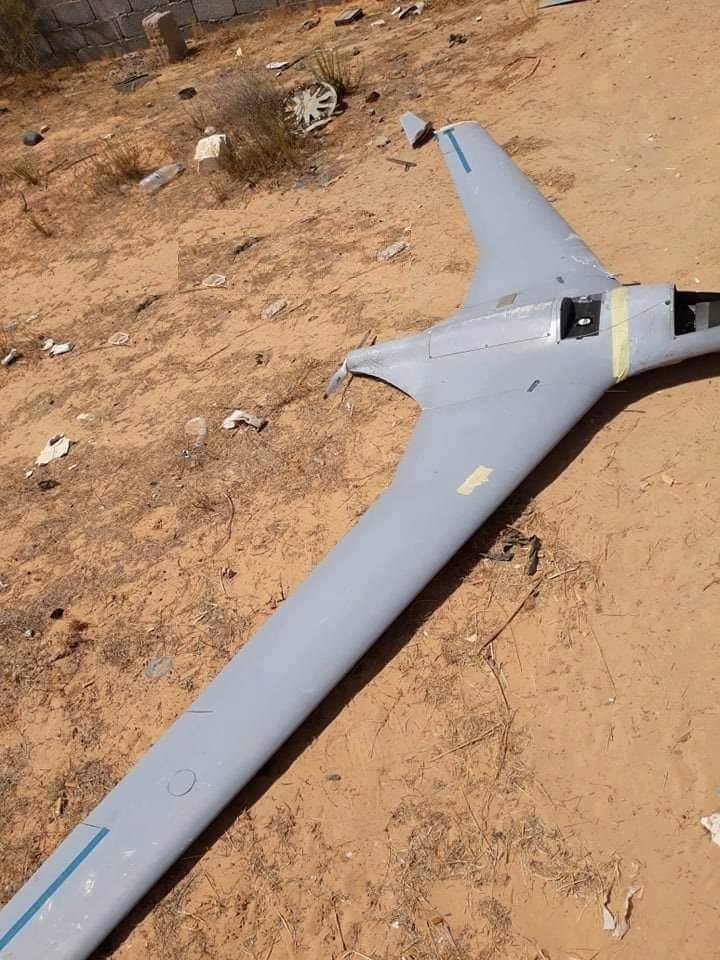

A DRONE WARFARE IN A WAR BY PROXY.
Given the intensive use of air means during the first month of the Tripoli offensive from both sides, most of the fighter aircraft of the two air forces are held to the ground for maintenance. The air warfare is continuing through the UAE Wing Loongs and Turkish Bayraktar TB2s: “a drone warfare by proxy”. To be as near as possible to the battlefront, the Wing Loongs were deployed on the base of Al-Jufra. This air warfare became a direct commitment between the two main sponsors of the LNA and the GNA when the air bases hosting the UAE and Turkish air means were directly targeted: three Il-76TDs carrying ammunition were destroyed during the drone air strikes at Al Jufra and Misrata. Giving that Al Jufra is at 300 km from Misrata the Turkish deployed radio repeaters along the way of the LNA air base to increase the range of the weaponized drones.
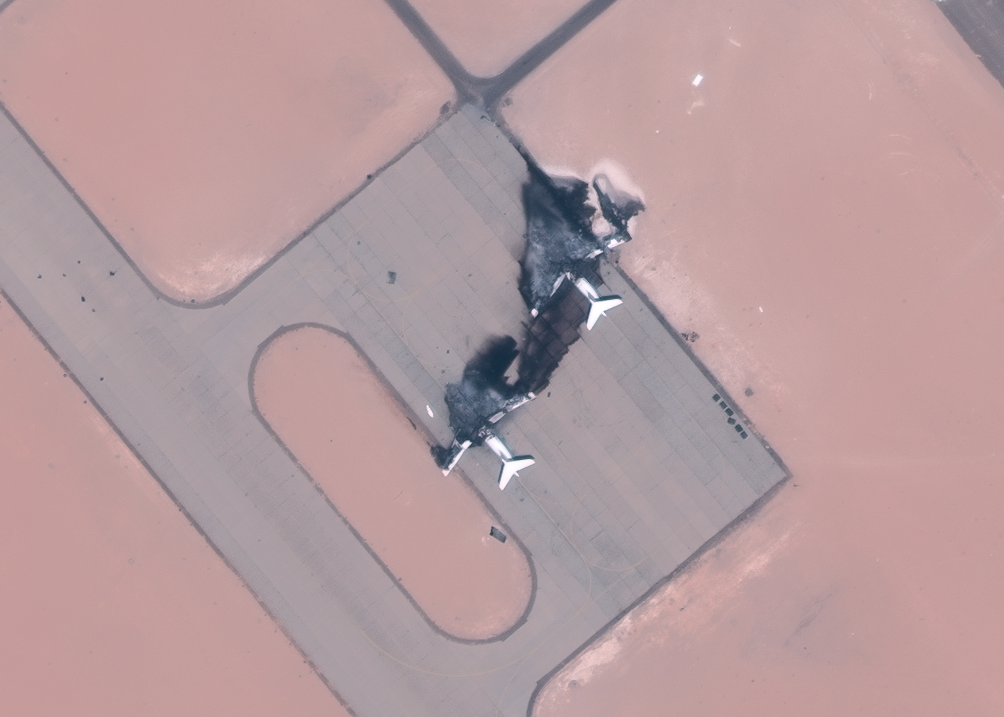

Furthermore, to foil the LNA air strikes on their aircraft, it seems like some route segments were used for the drones take off, 30 km west of Misrata air base. Radio repeaters were also set up at Khoms to enable the drones to reach Tripoli.
The following days, the bombing of air bases kept going, especially at Misrata Air Academy, with the destruction of an Albatros L-39. It would be plausible to witness a quick escalation of reprisals from both sides with air strikes on bases, even far from the battlefront in the west of Libya. The Bayraktar drones do not have a sufficient range to strike Benina, but they could reach the oil terminals (Ra’s Lanuf’s runway) if the Turkish use the Ghardabiya air base, south Syrte. Whereas the Wing Loongs could easily reach any Turkish-GNA infrastructure in Libya, especially if the UAE set up a new military base in Niger, near the frontier with Libya. On August 3, the UAE lost one of their Wing Loong drones while trying to strike Misrata. The location of the drone suggests it performed an automatic landing probably after loosing the communication signal (jammed by a Turkish system at Misrata) with its home base. The rests of the drone were then burnt by militias affiliated to the GNA who claimed they had shot them down.
The recent truce in the Tripoli battlefront has enabled Haftar to focus on the south of Libya and the Murzuk region where drone strikes took place during the last days, causing at least 45 deaths on August 4. Around August 27, Turkey delivered another batch of Bayraktars at Misrata to replace the summer losses. On September 2, the LNA claimed to have shot down a “Turkish UAV” — which supported the GNA forces and had taken off from Mitiga — over Wadi al-Rabie, south of Tripoli.
STRIKE FORCE.
The acquisition of weaponized drones enabled the two protagonists to overcome the lack of air power and precise strikes in the urban areas. The Libyan scene seems to be a laboratory for many foreign countries to test a new kind of air warfare, with almost no pilots utilized by either belligerents. The proliferation of this type of aircraft — the Chinese-made Wing Loongs, the Turkish-made Bayraktar TB2s, the Israeli-made tactical drones Orbiter 3 — committed in reconnaissance, homing and strike operations at Tripoli confirms it.
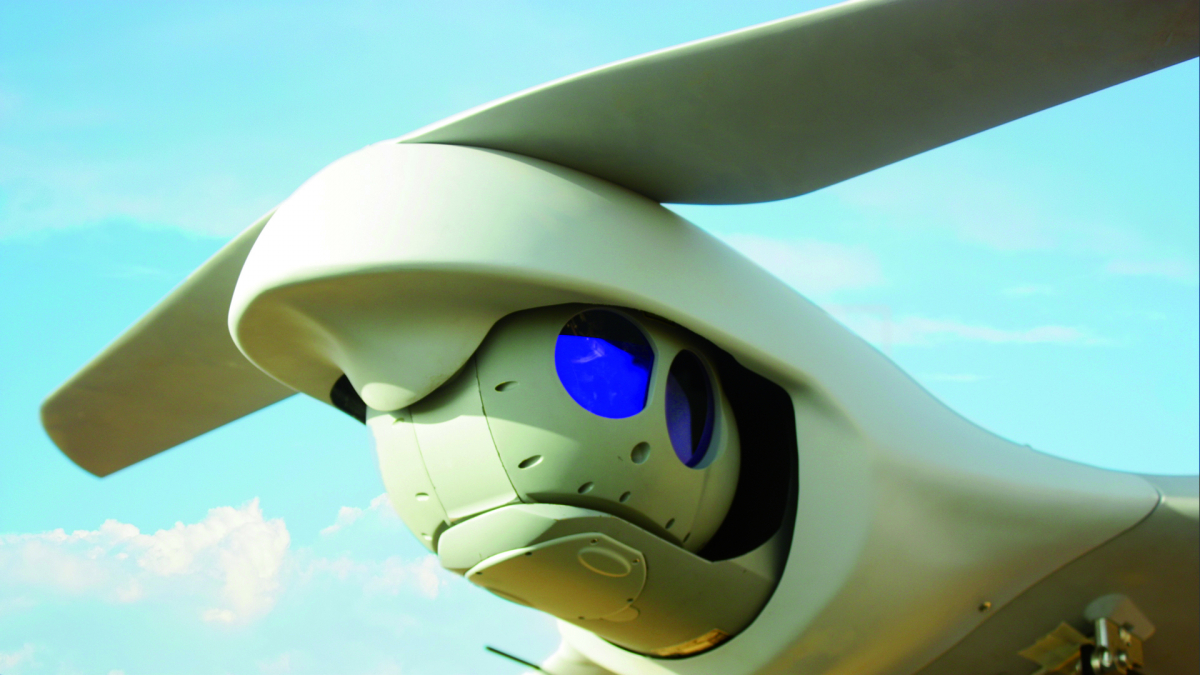

Moreover, the use of these aircraft not only enables more availability, but also to get rid of local pilots who, for some of them, are reluctant to lead air strikes against other Libyans. The recruiting of mercenaries by Misrata Air Academy since 2015 is a consequence of these rejections. While, on the LNA side, the first desertion of an L-39 pilot in Tunisia could lead to many others.
Having its own defense industry and therefore being less dependent on suppliers than Abu Dhabi, Ankara could engage other aircraft such as the TAI Anka-S, an armed drone that requires more exploitation and maintenance and that is less deployable on short runways or routes without the required logistic. The Anka-S can carry two UMTAS missiles and has a satellite data connection (Satcom), same as the Wing Loong, and a flight time of 24 hours.
Wing Loong II
The Wing Loong II is an improved version of the Wing Loong I designed and manufactured in China by the company AVIC (Aviation Industry Corporation of China). The company unveiled the Wing Loong II concept during the Aviation Expo China in September 2015 in Beijing and a prototype of the Wing Loong II was publicly presented for the first time during the Airshow China which took place at Zhuhai from November 1 to 6, 2016. It was also first introduced in Europe during the Paris Air Show in June 2017. Each wing has three fulcrum/cornerstones able to carry bombs, rockets or air-to-ground missiles (maximum payload 400 kg). A satellite communication antenna is set up over the forefront surface of the fuselage, allowing the transmission of data between the drone and the ground command post. It is powered by an engine supercharged by a three-blade propeller set up in the back. It can fly for 20 hours and its maximum speed is 370 km/h. It has a range of 1,500 km.
Air Tractor AT-802
The IOMAX Air Tractor AT-802 is an intelligence, surveillance, reconnaissance and lightweight attack turboprop aircraft manufactured by the American company Air Tractor, Incorporated. It can cary two GAU-19/A canons of caliber 50, Gatling canons with three cylinders, up to 38 DAGR rockets with laser homing radar, up to 8 AGM-114 Hellfire missiles and several U.S.-made bombs.
Bayraktar TB2
The Bayraktar TB2 UAV system is designed and manufactured by the company Baykar Makina. It has a cruise speed of 130 km/h, an operational flight altitude of 24,000 feet, a flying time of 24 hours, a communication distance of 150 km, a 12 m span, a maximum takeoff weight of 650 kg and a payload capacity of 55 kg. The Bayraktar TB2 is successfully used by the Turkish armed forces and can use MAM and MAM-L ammunition and UMTAMS missiles.



